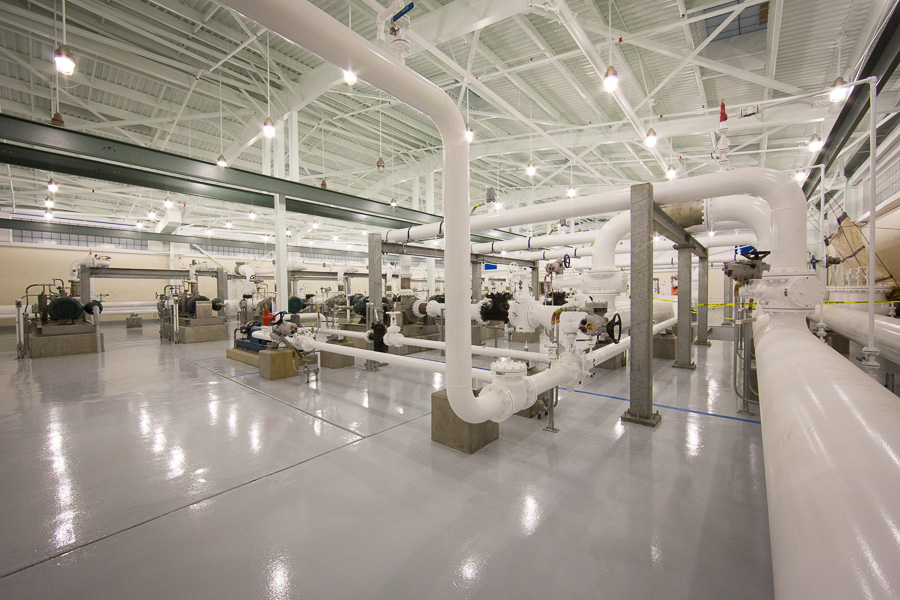To keep fuel flowing during the project, Burns & McDonnell designed a phased construction plan, with the first step being installing a system of temporary fuel piping and valves to the underground tanks. The overall project – completed on time and under budget – was the largest construction project ever within the Defense Logistics Agency.

